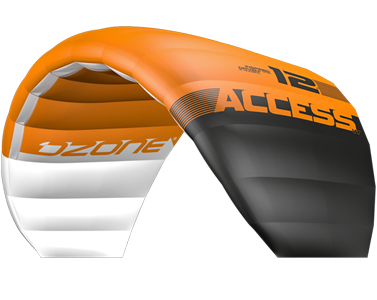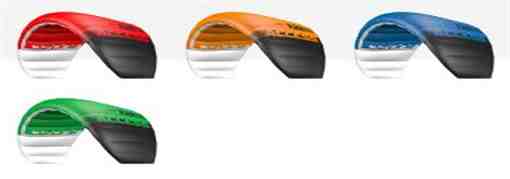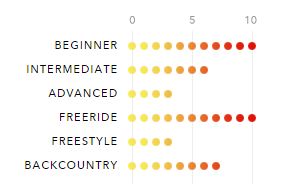Kite Questions & Answer:
How much wind do you need to Kitesurf?
It is possible to kitesurf in wind as low as 5 knots, though you need to take advantage of that low wind with the right size of board and kite (large board, large kite, long lines). Kitesurfing School calls wind from 5-10 knots "extreme light wind kitesurfing."
How much does it cost to get into kiteboarding?
You can get started by investing anywhere from $1000 to $3000, depending on the quality and newness of gear you choose. A kite, board, harness, bar and lines are all thatýs truly needed (and wind), but you may require a life-vest (PFD), wetsuit, booties, gloves, hood, a couple kites for varying conditions, etc.
What is the difference between kitesurfing and kiteboarding?
Difference between Windsurfing & Kiteboarding. ... “Kiteboarding” is more widely used in the U.S. and the term “kitesurfing” is used commonly used outside the U.S. They both describe using a kite to pull you along on a board. Although, some may say “kitesurfing” is when you are riding an actual surfboard behind a kite.
How fast can kite surfers go?
The faster you go, the sooner and easier you get into a wave. Kite surfing is almost like tow-in surfing, where a jet ski pulls a surfer into the wave. The speed record for a kite surfer is over 50 miles per hour, while a surfer rarely exceeds 10 to 15 miles per hour, and that is on a big, fast wave.
Is kitesurfing easy to learn?
Kiteboarding is harder to learn than wakeboarding, because it is more technical. Remember that Kiteboarding is like learning two sports, Board riding, and kite flying. Kiteboarding is getting easier to learn each year, and is now available to a wider demographic of participants.
Is kite surfing dangerous?
Choosing to kitesurf in cross-offshore or offshore winds is malpractice as you risk getting blown out to sea. If this happens consider releasing your kite, leaving your board and swimming back to shore. Jumping in shallow water is also dangerous and not worth the risk. Go out to deeper water for jumps
Who invented kite surfing?
Two brothers, Bruno Legaignoux and Dominique Legaignoux, from the Atlantic coast of France, developed kites for kitesurfing in the late 1970s and early 1980s and patented an inflatable kite design in November 1984, a design that has been used by companies to develop their own products.
What is the difference between windsurfing and kite surfing?
Here we will explain the difference between Windsurfing, Kiteboarding, and Kitesurfing. ... Although, some may say “kitesurfing” is when you are riding an actual surfboard behind a kite. Windsurfing, also called Sailboarding, has a sail attached to a surfboard.
Is kite surfing an Olympic sport?
In May 2012, the course racing style of kitesurfing was announced as a sport for the 2016 Rio Olympics, replacing windsurfing. ... Kitesurfing was named as an official event at the 2018 Summer Youth Olympics in Buenos Aires.
Can I use a kiteboard for wakeboarding?
The answer is yes, you can use a wakeboard, but it will have its limitations, this is why their are many dual directional kiteboards springing up on the market. ... With kite surfing you are dealing more with variable speeds, especially in lower winds. This can cause these boards to stuff(nose of board goes under water).
What do you need for kitesurfing?
You will need a kitesurfing traction kite, kitesurf board, kite control device (bar and lines), harness, a safety system, and any other accessories such as wetsuit, booties, lifejacket, helmet. Lessons can run anywhere from fifty dollars, to several hundred dollars to get you started in kitesurfing.
What is freestyle kiteboarding?
Freestyle. For Freestyle kitesurfing "anything goes". This style also used for competitive events and is free-format and "go anywhere". The kite and board are used to get big air (jumps) so that various tricks can be done while airborne.
When were kites first invented?
It is thought that the earliest use of kites was among the Chinese, approximately 2,800 years ago. The kite was said to be the invention of the famous 5th century BC Chinese philosophers Mozi and Lu Ban. By 549 AD, paper kites were being flown - in that year a paper kite was used as a message for a rescue mission.
How does kite surfing work?
This is how movement is achieved in kitesurfing. By using your weight to pull the kite, you increase the speed at which the kite moves. ... When the kite is toward the water in front of the body, an area called the power zone, the wind blowing horizontally catches the kite, and pulling force is created.



















